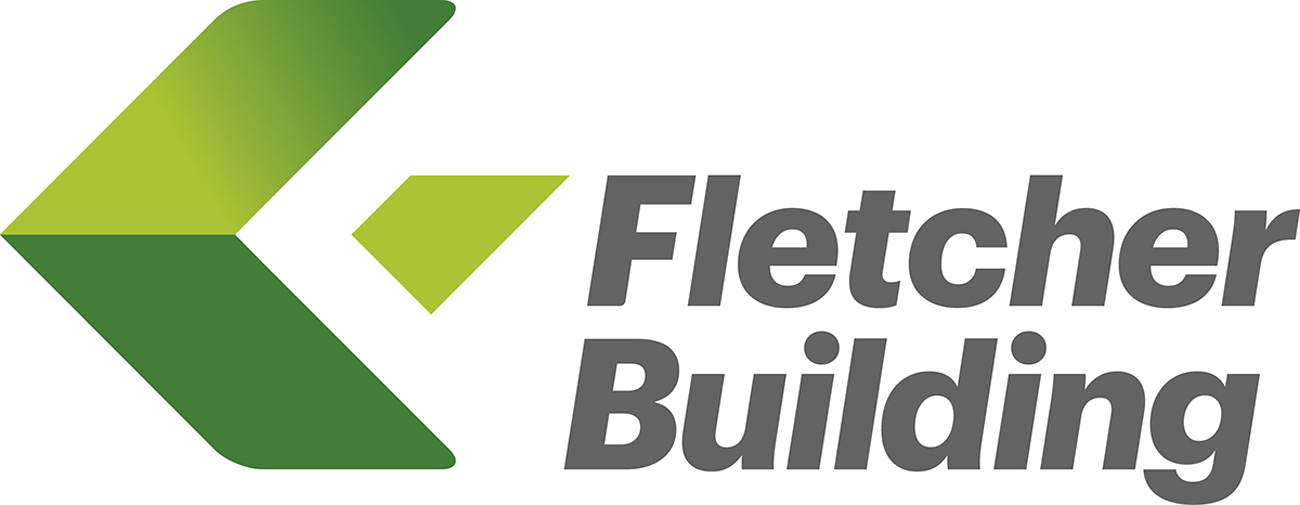Stonebloc’s flexibility lends to creative design. There is no better example of this than the South Taranaki District Council’s (STDC) seawall at Opunake Beach.
Opunake Beach is a popular beach in the South Taranaki District. It’s a well-known spot for surfers, even being called “Home of the Big Wave”. Here, an existing crib seawall collapsed making it no longer fit for purpose. This caused risk to the community, creating a need for a durable replacement that can withstand erosion and rising sea levels. Jayson, the Projects Engineer at STDC describes the old seawall:
“ The previous lattice wall design was prone to disintegration brought about by sea water waves coming through. The structure was built in 1995.”
From what Jayson has stated, it is clear the new seawall needed to meet strict criteria - the main criteria being erosion protection.
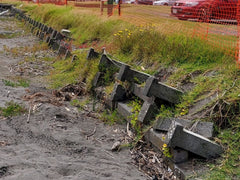
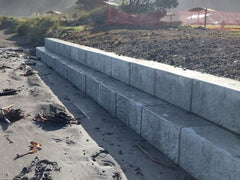
Stonebloc was chosen as it met STDC and the community’s needs. It ticked off a lot of the boxes, including:
- It can be built fast, reducing potential health and safety risks
- It can withstand the coastal environment
- It can be built over service outlets
- It looks good
- It provides “Quick installation and it's clean-looking aesthetic wise” - Jayson, STDC
Erosion protection was one of the most important aspects of this project. After years of coastal activity, extreme water levels played a large part in the collapse of the crib wall. Chan Zhi Han, Chartered Engineer from Resilient Structures found that backfill had been washed away during tidal/storm events which left the concrete elements of the crib wall unsupported. It was recommended the future seawall extend the drainage outlets seawards. This ensures the base will not be undermined, leading to a risk of local destablisation.
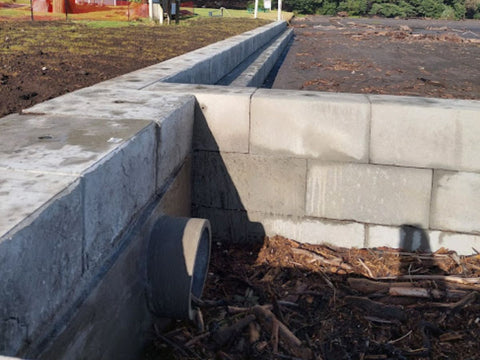
(Drainage pointing seawards for the Stonebloc wall)
Another important element considered was the design pressure. After calculating 8 different designs, Chan recommended a tiered Stonebloc seawall. This is because it provides reassurance of high-quality protection with the lowest amount of design pressure. Chan also noticed evidence of beach scraping which may have contributed to the original wall's damage. The likelihood of damage being made by mechanical equipment was considered with the Stonebloc design, along with the need for erosion protection.
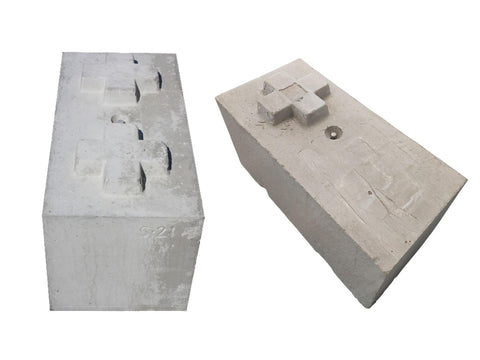
(On the left is a standard Stonebloc block. On the right is one of the custom blocks that was used for this STDC project)
The result of creating custom blocks was a strong seawall with a functional seating area for beach-goers.
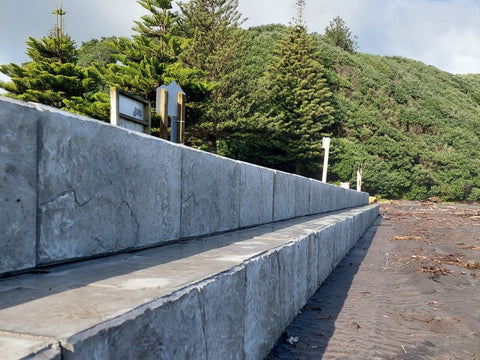
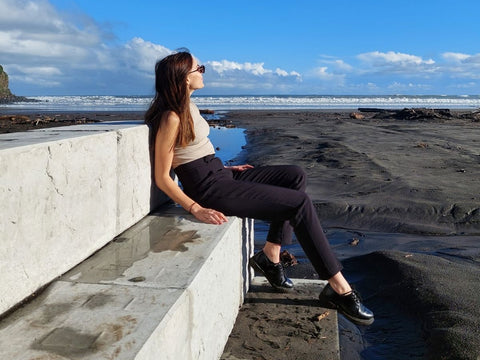
(A beach-goer sitting on the tiered seating of the Stonebloc Seawall)
With Stonebloc, you can make your designs come to life. Get in touch with us to start creating.






